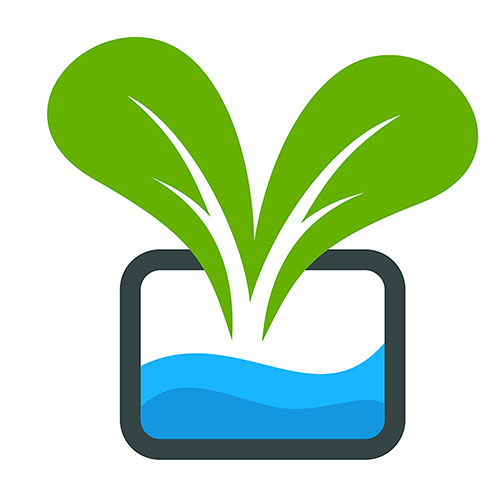Aeroponics and Hydroponics: Are you interested in gardening but don’t have the space or time for traditional methods? Aeroponic and hydroponic garden systems may be the solution you’ve been looking for.
In this article, we’ll explore how these systems work and the benefits they offer.
Aeroponic and hydroponic garden systems are innovative methods of growing plants without soil. Instead, plants are grown in nutrient-rich water solutions or misted with nutrient-rich water. These systems have gained popularity in recent years due to their ability to produce healthier plants, faster growth, and the ability to grow in limited spaces.
Aeroponic garden systems work by suspending plant roots in the air and misting them with a nutrient-rich solution. The roots absorb the nutrients they need, promoting fast and healthy growth. These systems require less water than traditional gardening methods and can be used indoors or outdoors. Hydroponic garden systems work by placing plant roots in a nutrient-rich water solution.
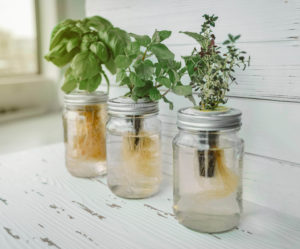
The plants are typically grown in a container filled with a growing medium, such as coconut coir, perlite, or vermiculite. The roots absorb the nutrients they need from the water, promoting healthy growth. Hydroponic systems require less water than traditional gardening methods and can be used indoors or outdoors.
One of the biggest benefits of aeroponic and hydroponic garden systems is their ability to produce healthier plants. By providing plants with the exact nutrients they need, these systems can produce plants that are more resistant to pests and disease. Additionally, plants grown in these systems tend to grow faster and produce higher yields than those grown in soil. Another benefit of these systems is their ability to grow plants in limited spaces. They can be used in small apartments, balconies, or even on rooftops. This makes them a great option for those who want to grow their own food but don’t have access to a traditional garden space.
Today, I am going to be talking to you about aeroponic and hydroponic garden systems, even though a number of campaigns conducted by companies like The Marketing Heaven, have already brought these two revolutionary gardening methods closer to many social media users!
These systems allow you to maintain a self sustained garden where your plants grow faster and healthier than normal!
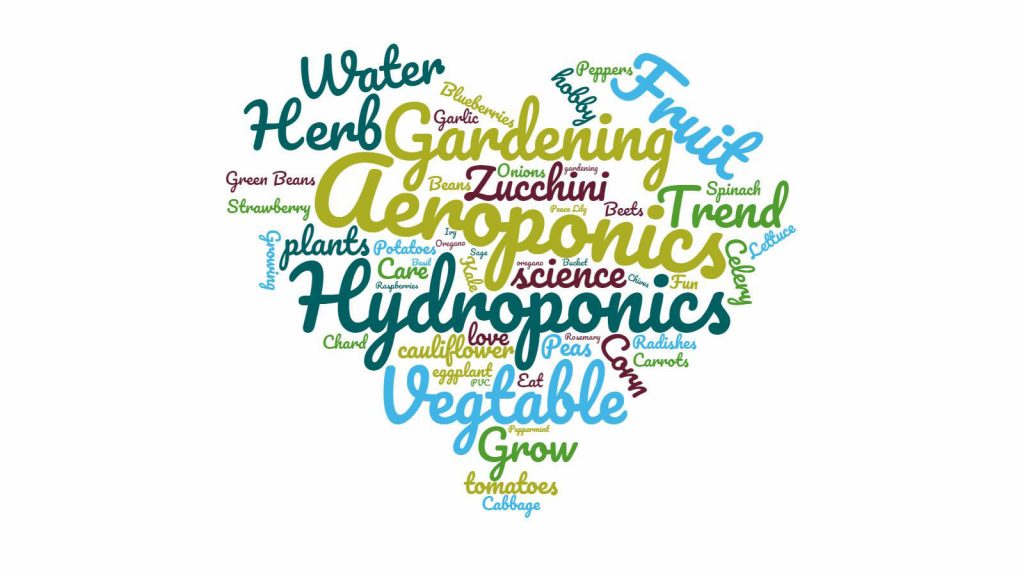
Aeroponics
What is Aeroponics? It is a revolutionary method of growing plants without soil that is gaining popularity in the world of agriculture.
This technique involves growing plants in a misty environment, which is highly nutrient-rich. If you are interested in learning more about this innovative technique, keep reading. Aeroponics is a process of growing plants in a closed or semi-closed environment without using soil.
Instead of soil, the plants are grown in a nutrient-rich mist or air environment. The plants are suspended in the air with their roots dangling and are sprayed with a nutrient solution. This solution provides the plants with all the necessary nutrients required for growth, and the roots absorb them.
One of the significant benefits of aeroponics is that it eliminates the need for soil, which can carry harmful diseases and pests. With aeroponics, you can grow plants in a disease-free environment, resulting in healthier plants.
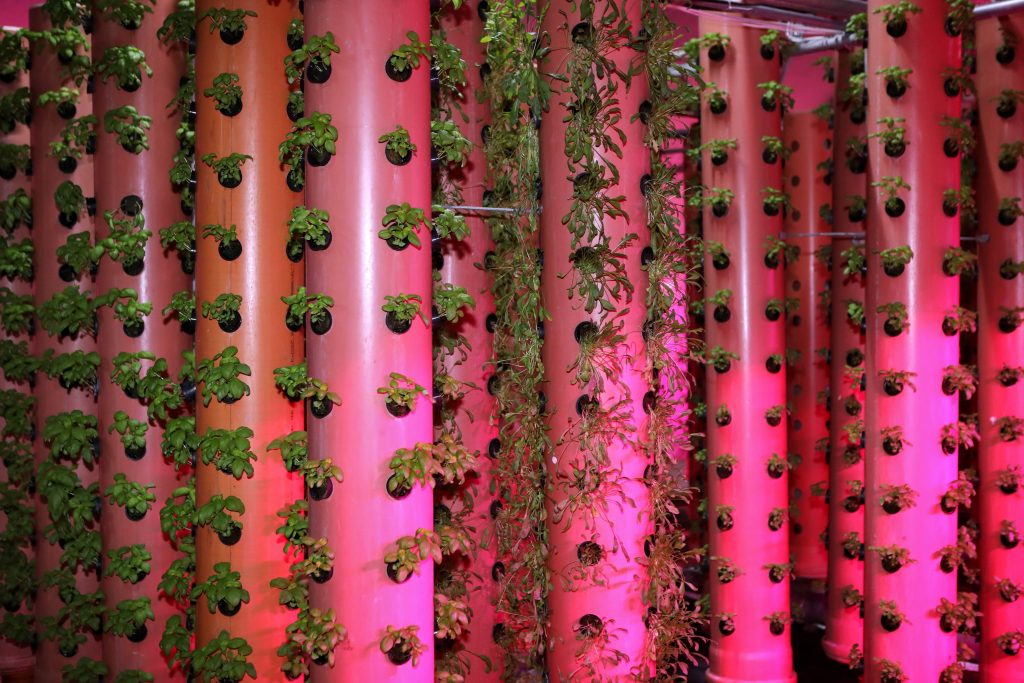
Another benefit of aeroponics is that the plants grow much faster than traditional soil-based plants. This is because the roots are sprayed directly with the nutrient solution, allowing the plants to absorb them more efficiently.
Additionally, the plants are not competing for nutrients in the soil, which can slow down their growth.
To create an aeroponic garden, you will need to create a closed or semi-closed environment. The more closed off the environment is, the better. This will help regulate the temperature and reduce the risk of pests and diseases.
Once you have created an efficient environmental space, you need to spray the plants’ dangling roots with a nutrient-rich solution. This leaves the canopy of the plant extended above. You can monitor the plants in a closed environment by using a two-way mirror glass. This will allow you to keep an eye on your plants without having to open the door, keeping them safe and secure.
Aeroponics is a modern and innovative method of growing plants that is gaining popularity in the world of agriculture. It is an efficient and effective way to grow healthy plants without the use of soil. If you are interested in trying out this technique, start by creating a closed or semi-closed environment and spraying the plants with a nutrient-rich solution.
With aeroponics, you can grow plants faster, healthier, and more efficiently than traditional soil-based methods.
Here is a video that showcases an aeroponic system!
Hydroponics
Hydroponics: The Future of Gardening
Gardening has been an essential activity for many people for centuries. It’s a great way to enjoy the outdoors, get some exercise, and grow your own fruits and vegetables. However, traditional gardening methods have some limitations, such as the need for fertile soil, adequate sunlight, and sufficient water supply.
Hydroponics is a modern gardening system that eliminates these limitations and offers many benefits over traditional gardening methods.
What is Hydroponics?
Hydroponics is a type of gardening system where the water is continuously running throughout the roots of the plants. Instead of soil, plants are grown in nutrient-rich water solutions, which provide all the necessary nutrients for their growth. This system uses less water and space than traditional gardening, making it an ideal solution for urban areas or locations with limited resources.
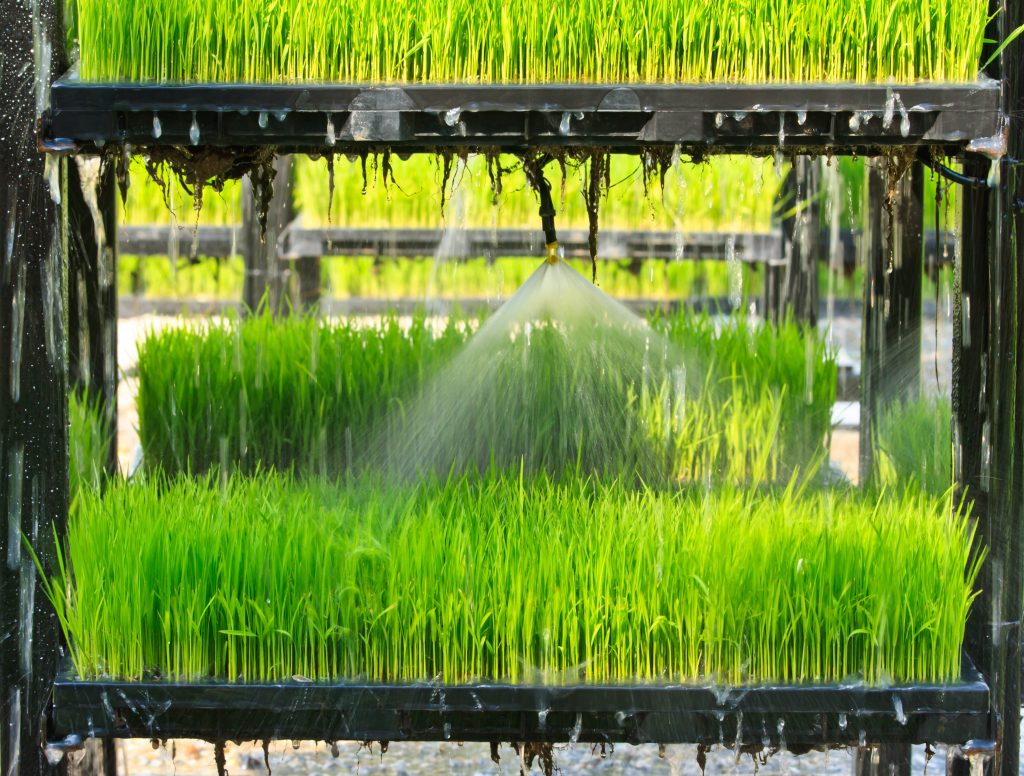
Creating your own Hydroponic System
There are many ways to create your own hydroponic system. You can use a simple setup with a plastic container, an air pump, and some net cups to hold the plants. You can also use more advanced systems, such as an NFT (Nutrient Film Technique) or DWC (Deep Water Culture) system. The purpose of the hydroponics system is to have the water running through the roots of the plants constantly, providing them with the necessary nutrients and oxygen. Here are a few videos showing you how to build your own hydroponics system!
Airborne Productions provides detailed information on how to create a hydroponic system.
Here is a video showcasing how to build another Hydroponics system.
The purpose of the hydroponics system is to have the water running through the roots of the plants constantly.
This has been a popular way of farming in many cultures for a very long time.
You also do not need soil for hydroponics. All you need is a nutrient rich solution.
However, you need to make sure that your containers exclude light. Or else fungus and algae can grow in the nutrient solution.
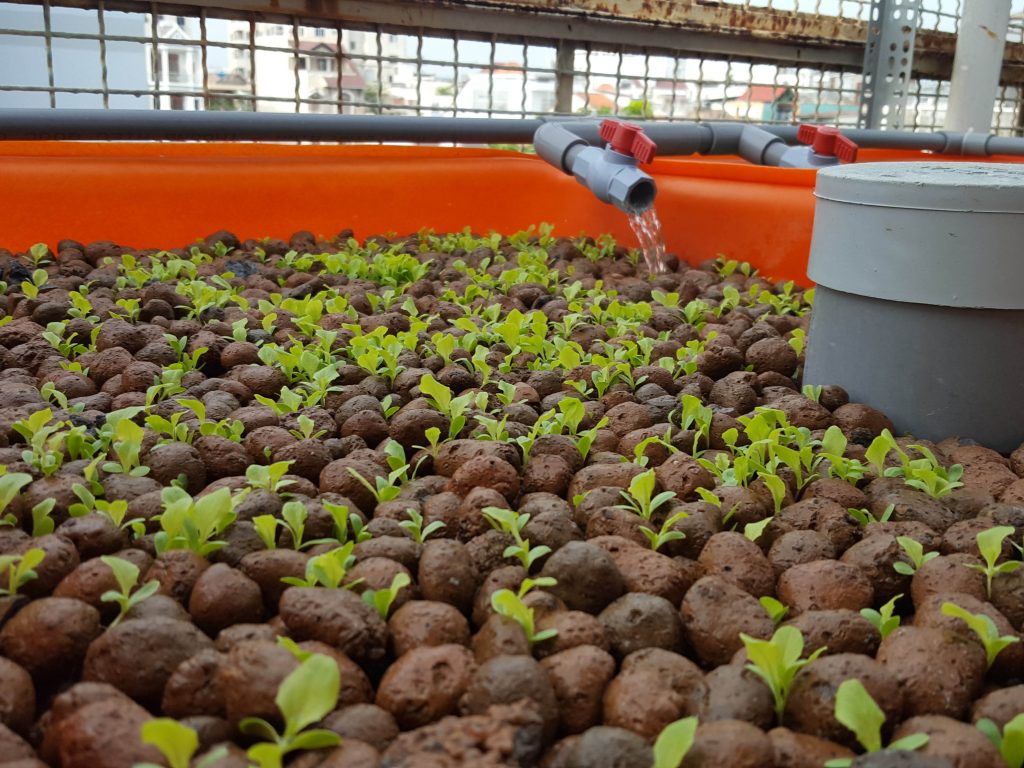
Benefits of Hydroponics
One of the main benefits of hydroponics is that it allows plants to grow faster and healthier than traditional gardening. This is because the plants receive a constant supply of nutrients and water, which eliminates the need for them to search for nutrients in the soil. Hydroponics also allows you to grow plants in areas where the soil isn’t nutrient-rich or doesn’t allow plants to grow. This makes it an ideal solution for urban areas or locations with limited resources.
Another benefit of hydroponics is that it uses less water than traditional gardening. Since the water is constantly flowing through the system, it’s reused instead of being wasted. This makes it an eco-friendly option for those who want to conserve water. Hydroponics is a modern gardening system that offers many benefits over traditional gardening methods. It allows you to grow plants faster and healthier, uses less water, and can be done in areas where traditional gardening methods aren’t possible. With so many benefits, hydroponics is the future of gardening, and it’s a great way to enjoy fresh fruits and vegetables all year round.
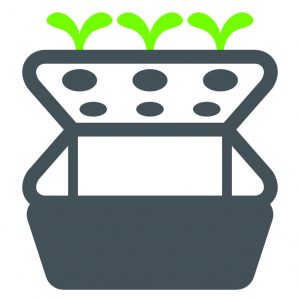
In Summary:
Aeroponics and hydroponics are two innovative methods of growing plants without soil. These techniques are becoming increasingly popular, especially in urban areas where space is limited. But what is the science behind these methods? How do they work? Let’s take a closer look.
Aeroponics
Aeroponics is a method of growing plants in which the roots are suspended in air and misted with a nutrient-rich solution. The mist is created by a high-pressure pump that sprays the solution onto the roots. The roots absorb the nutrients directly from the mist, which allows for faster growth and higher yields. The science behind aeroponics lies in the fact that plants need oxygen to grow. By suspending the roots in air, they have access to more oxygen than they would if they were in soil. This increased oxygen supply allows for faster growth and healthier plants. Another advantage of aeroponics is that it uses less water than traditional soil-based methods. The misting system is designed to minimize water usage while still providing the plants with the moisture they need to thrive.
Hydroponics
Hydroponics is a method of growing plants in which the roots are submerged in a nutrient-rich solution instead of soil. The solution is usually circulated through the system using a pump, which ensures that the plants receive a constant supply of nutrients. The science behind hydroponics lies in the fact that plants don’t actually need soil to grow. Soil simply provides a medium for the roots to anchor themselves and absorb nutrients. By providing a nutrient-rich solution directly to the roots, hydroponics allows for faster growth and higher yields. One advantage of hydroponics is that it uses less water than traditional soil-based methods. The nutrient solution is recycled through the system, which means that less water is needed overall. Hydroponics is also more efficient than traditional soil-based methods because it allows for precise control over the nutrients that the plants receive.
Aeroponics and Hydroponics Conclusion
Aeroponics and hydroponics are two innovative methods of growing plants that offer many advantages over traditional soil-based methods. The science behind these methods lies in the fact that they provide plants with the nutrients and oxygen they need to grow, without the need for soil. These methods are becoming increasingly popular, especially in urban areas where space is limited. If you’re interested in trying these methods yourself, there are many resources available online to help you get started.
Article Author: Hannah
